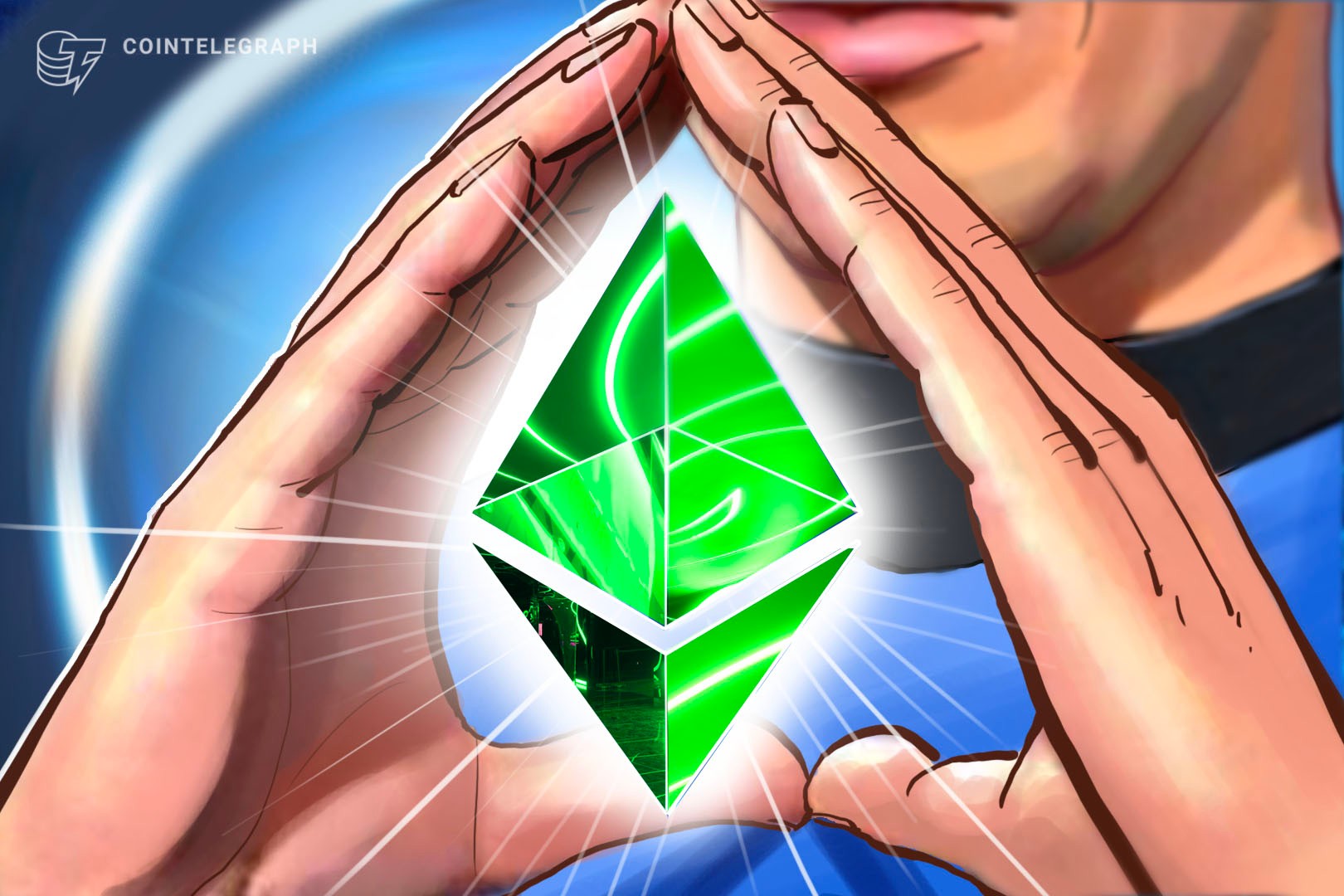Ethereum Classic (ETC) accelerator Ethereum Classic Labs announced a plan to protect the blockchain from further attacks.
On Aug. 19 the organization proposed taking immediate action in implementing long-term changes to the network architecture over the next three to six months. The accelerator decided to focus their efforts on improving the network’s security after recent attacks on the blockchain.
The immediate measures proposed by Ethereum Classic Labs include a “defensive mining” cooperation with mining pools and miners to maintain a consistent hashrate and gain the ability to increase it when needed. A higher hashrate would render a 51% attack against the network more expensive to perform.
Ethereum Classic Labs also intends to deploy advanced network monitoring to identify anomalies affecting the Ethereum Classic blockchain and spikes in hash rate. Other short term measures include collaboration with crypto exchanges on whitelisting addresses and setting safe transaction confirmation times as well as deploying a finality arbitration system meant to inhibit chain reorganization.
The long-term solutions proposed include increasing 51% resistance with a hard fork which would create “checkpoints” beyond which reorganization could not be achieved, and changing to a new proof-of-work mining algorithm. Furthermore, the accelerator also suggested creating a treasury system, but noted that such an endeavor would need community approval.
As Cointelegraph reported on Aug. 1, the Ethereum Classic network saw a blockchain reorganization which changed 3,693 blocks worth of transaction history. Subsequent reports showed that the reorganization was in fact a malicious attack which resulted in about $5.6 million worth of the cryptocurrency being double-spent.
Just a few days later, Ethereum Classic suffered from another 51% attack, which resulted in over 4,000 blocks being reorganized.
The network was victim of another attack of the same kind in January 2019. Because of those attacks, cryptocurrency exchange OKEx has gone as far as to consider delisting the coin.


